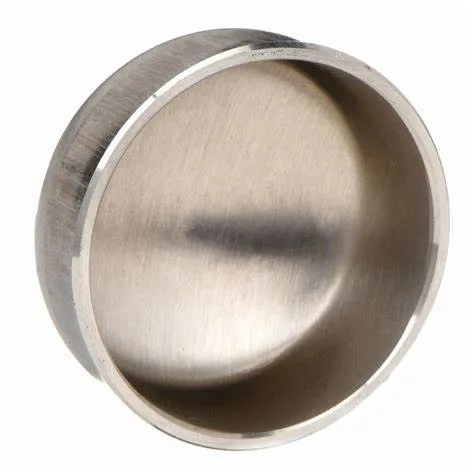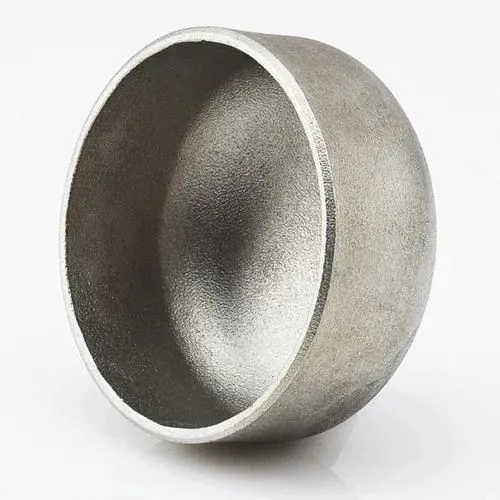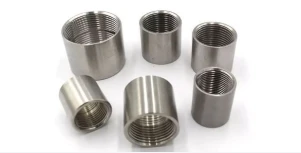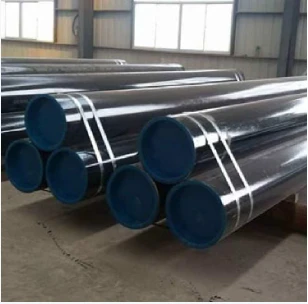JIS B2311 on Jaapani tööstusstandard, mis hõlmab põkkkeevitusega toruliitmikke, sealhulgas torusüsteemides kasutatavaid korke. Põkkkeevituskorkide eesmärk on sulgeda toru ots, pakkudes tihendit lekke või saastumise vältimiseks. Siin on JIS B2311 põkkkeevituskorkide tutvustus:
- 1. JIS B2311 Standard:
- - JIS B2311 standard määrab kindlaks torusüsteemide põkkkeevitusliitmike, sealhulgas korkide, projekteerimise, mõõtmete, materjalide, valmistamise ja katsetamise nõuded.
- - Standard tagab, et JIS-i standardite kohaselt toodetud korgid vastavad kvaliteedistandarditele ja ühilduvad teiste torustiku komponentidega.
- 2. Põkk-keevituskork:
- - Põkkkeevituskork on vastavalt JIS B2311-le liitmik, mis on ette nähtud toru otsa turvaliseks katmiseks ja tihendamiseks, pakkudes kaitset ja säilitades torusüsteemi terviklikkuse.
- - Korke kasutatakse olukordades, kus toruots vajab kas püsivalt või ajutiselt sulgemist, et vältida leket, saastumist või anda süsteemile viimistlus.
- 3. Materjal ja konstruktsioon:
- - JIS B2311 spetsifikatsioonidele vastavad põkkkeevituskorgid on saadaval erinevatest materjalidest, nagu süsinikteras, roostevaba teras ja legeerteras, et vastata erinevatele rakendusnõuetele.
- - Need korgid on valmistatud standardiseeritud ehitusmeetoditega, et tagada tugev ja lekkevaba ühendus, kui need on keevitatud toru otsa külge.
- 4. Rakendus ja eelised:
- - Põkkkeevituskorgid leiavad rakendust erinevates tööstusharudes, sealhulgas nafta- ja gaasitööstuses, keemilistes protsessides, veepuhastusjaamades ja mujal, kus torude otsad tuleb kindlalt sulgeda.
- - Korgid kaitsevad toruotsi keskkonna elementide eest, hoiavad ära saastumise ning aitavad säilitada torustiku puhtust ja terviklikkust.
- 5. Paigaldamine ja keevitamine:
- - Põkkkeevituskorkide paigaldamisel on tiheda ja lekkekindla tihendi tagamiseks olulised õiged paigaldustavad, sealhulgas õige joondamine, toru otsa ettevalmistamine ja keevitustehnikad.
- - Keevitamine on tavaline meetod korkide kinnitamiseks torudele, pakkudes kindlat ja püsivat sulgurit, mis talub survet, temperatuurikõikumisi ja vedeliku voolu süsteemis.
- Kokkuvõttes on JIS B2311 põkkkeevituskorgid olulised komponendid, mida kasutatakse torusüsteemides torude otste turvaliseks tihendamiseks ja kaitsmiseks. Need korgid vastavad standarditud nõuetele, et tagada kvaliteet, töökindlus ja ühilduvus tööstuslikes rakendustes, kus torude sulgemine ja kaitse on vajalikud.
What Is a Butt Welding Cap and How Is It Used in Industrial Piping?
In industrial piping systems, end-of-line sealing and branch closures require robust solutions. A butt welding cap serves as a critical component for terminating pipes securely. By providing a seamless, welded closure, this fitting maintains system integrity, prevents leaks, and supports compliance with industry standards.
What Is a Butt Welding Cap?
A butt welding cap—also called a pipe end cap or buttweld end cap—is a round fitting designed to close off the end of a pipe. It’s manufactured to match the pipe’s outer diameter and schedule, with either a hemispherical or flat face. To install, both the pipe end and cap are beveled to form a V‑groove, enabling full‑penetration, fusion welds. Common materials include carbon steel, stainless steel, nickel alloys, and other engineered grades, chosen to satisfy pressure, temperature, and corrosion‑resistance requirements.
How Is Butt Welding Cap Used in Industrial Piping?
Butt welding caps find application across oil & gas, petrochemical, power generation, water treatment, and general process industries for both permanent and temporary closures. During hydrostatic testing, technicians install caps to seal off sections of piping while monitoring for leaks. In new construction or retrofit projects, caps terminate branch lines, future tie‑in spools, or dead‑end mains until system expansion. Welders prepare each joint by cleaning and beveling surfaces, aligning the cap precisely, and executing a root pass followed by filler passes per the qualified Welding Procedure Specification (WPS). Post‑weld heat treatment and non‑destructive examination (NDE)—such as radiography or ultrasonic testing—verify weld integrity and compliance with ASME B16.9 and related standards. Additionally, temporary caps enable safe isolation during maintenance, allowing for segment testing and dewatering under regulatory protocols.
Benefits and Best Practices
Butt welding caps offer a smooth‑bore transition that minimizes flow disruption and stress concentration. Their full‑penetration welds deliver exceptional structural strength and leak resistance. To optimize performance, engineers should:
Select caps with matching material grades and wall thicknesses
Adhere to proper bevel angles and joint fit‑up tolerances
Follow qualified WPS protocols rigorously
Consider cladding or protective coatings in corrosive environments to extend service life
Regular inspection and thorough documentation ensure long‑term reliability and safe operation under demanding conditions.
Butt welding caps are indispensable components for achieving durable, leak‑proof pipe terminations in a wide range of industrial applications.
Butt Welding Cap FAQs
What is a butt welding cap?
|
What materials are commonly used?
|
What standards govern butt welding caps?
|
How are butt welding caps installed?
|
Where are butt welding caps typically used?
|
What are the advantages of threaded caps?
|
















